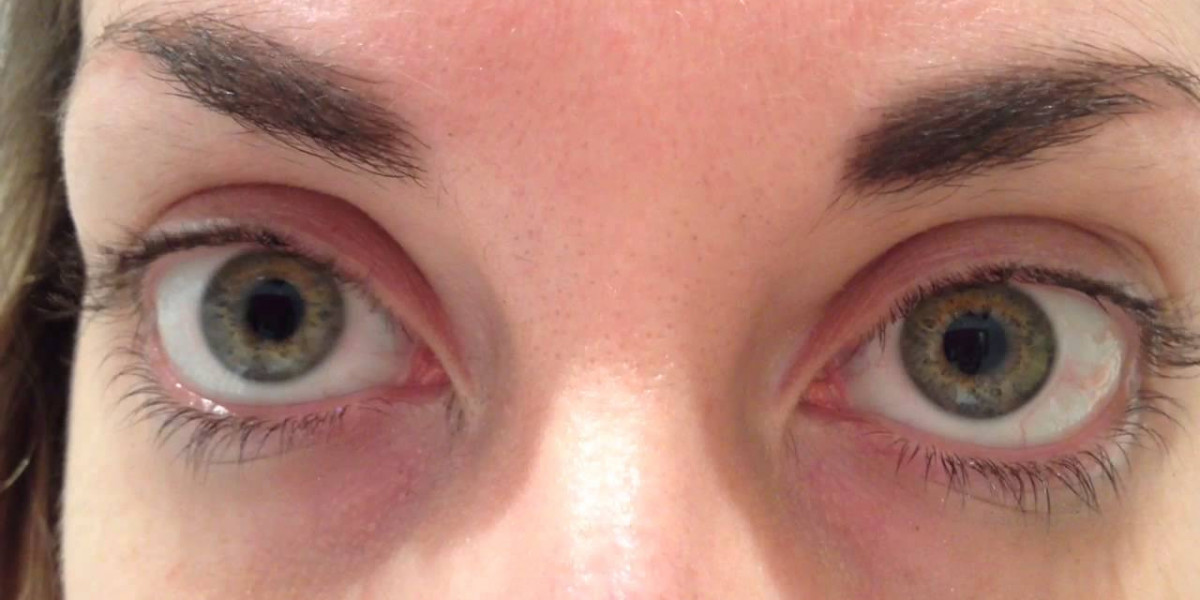What Does It Mean to Have Small Pupils?
When looking in the mirror, you might notice the size of your pupils—those black circles in the center of your eyes—can vary throughout the day. This change is a normal part of how your eyes adapt to different lighting conditions. In low light, your pupils enlarge to let in more light. In bright light, they contract to protect the retina. But what happens when pupils remain small, even in the dark? Is that normal—or could it be a warning sign?
Small pupils, medically known as miosis, refer to pupils that are significantly smaller than average for a given lighting situation. The size of your pupils is regulated by your autonomic nervous system. So when your pupils stay small for no apparent reason, it may point to either a normal variant or a possible problem affecting your nervous system, eyes, or medications.
When Are Small Pupils Considered Normal?
Before jumping to conclusions, it’s important to know that not all cases of small pupils are cause for concern. Some people are born with naturally smaller pupils. Others may experience a reduction in pupil size as a normal part of aging. This is due to changes in the iris muscles, which can lose strength and flexibility over time. In these cases, small pupils don’t typically interfere with vision and aren’t linked to any disease.
Likewise, your body’s fight-or-flight and rest-and-digest responses can cause pupil size to change. When you’re relaxed or tired, your pupils may naturally constrict. Therefore, seeing small pupils in a calm environment might be nothing more than a normal physiological response.
Common Medical Causes of Small Pupils
That said, small pupils can sometimes signal an underlying medical issue. Several conditions can lead to persistent miosis. These include:
Horner’s syndrome: A rare condition caused by damage to the sympathetic nerves in the face. It can cause small pupils, drooping eyelids, and reduced sweating on one side of the face.
Opioid use: Perhaps the most well-known cause of small pupils. Opioids like heroin, morphine, or fentanyl cause a distinctive constriction of the pupils, regardless of lighting.
Brainstem injury: Trauma, tumors, or strokes affecting the brainstem can impair the nerves controlling pupil dilation.
Infectious diseases: Conditions like neurosyphilis or meningitis can affect the nerves controlling the eyes.
Medication side effects: Drugs used to treat psychiatric conditions, high blood pressure, or seizures can sometimes cause miosis as a side effect.
If you experience other symptoms along with small pupils—such as dizziness, nausea, confusion, or double vision—it’s crucial to seek medical attention.
Small Pupils in Emergency Situations
In some medical emergencies, small pupils serve as a crucial diagnostic clue. For instance, a doctor might notice tiny, “pinpoint” pupils during an overdose. These pupils often fail to respond to light and are a red flag for opioid toxicity. Similarly, unequal pupil sizes can be a sign of brain injury or stroke.
This is why emergency room personnel often shine a light in your eyes during an assessment—it helps them gauge brain function. Persistent or sudden onset small pupils, especially when paired with other neurological signs, should never be ignored.
Effects on Vision and Daily Life
Can small pupils impact how you see the world? Yes, in some cases. Pupils control how much light enters your eyes. If your pupils stay small, even in dim conditions, your vision may be compromised in low light. This might lead to difficulties with night driving, reading in soft lighting, or adjusting from dark to bright environments.
While some people with naturally small pupils adapt easily, others may experience visual discomfort or fatigue. The severity depends on the root cause and how well the eyes adjust to changing conditions. People with small pupils due to medication or medical conditions often report increased eye strain and sensitivity to light.
How Are Small Pupils Diagnosed?
If you notice that your pupils are smaller than usual and not adjusting to light changes, it’s time to visit an eye care specialist. A thorough eye exam will include tests to measure the size and reaction of your pupils under different lighting. Your doctor may also ask about your medical history, any current medications, and any symptoms like blurred vision, headaches, or fatigue.
In some cases, advanced imaging (like an MRI or CT scan) may be required to rule out neurological causes. Blood tests and toxicology screens may also help determine if substances or infections are playing a role.
Can Small Pupils Be Treated?
Treatment for small pupils depends entirely on the cause. If the condition is caused by a medication, your doctor may adjust your dosage or recommend an alternative. In cases involving opioid overdose, medications like naloxone can reverse the symptoms quickly. For neurological or infectious causes, targeted treatment of the underlying condition is essential.
When small pupils are a natural variant or related to aging, no treatment is usually required unless they significantly affect quality of life. Some patients find relief through the use of magnifying glasses, brighter lights for reading, or anti-glare lenses.
Monitoring Your Eye Health
Understanding your baseline pupil size and watching for any sudden changes is a smart habit. Regular eye exams, ideally once a year, help detect changes early. If you use medications known to affect pupil size, discuss the risks and side effects with your doctor.
In the absence of pain or vision problems, small pupils might not require any intervention. However, staying informed and alert to changes in your eyes is always the best approach to protect your vision and overall health.







